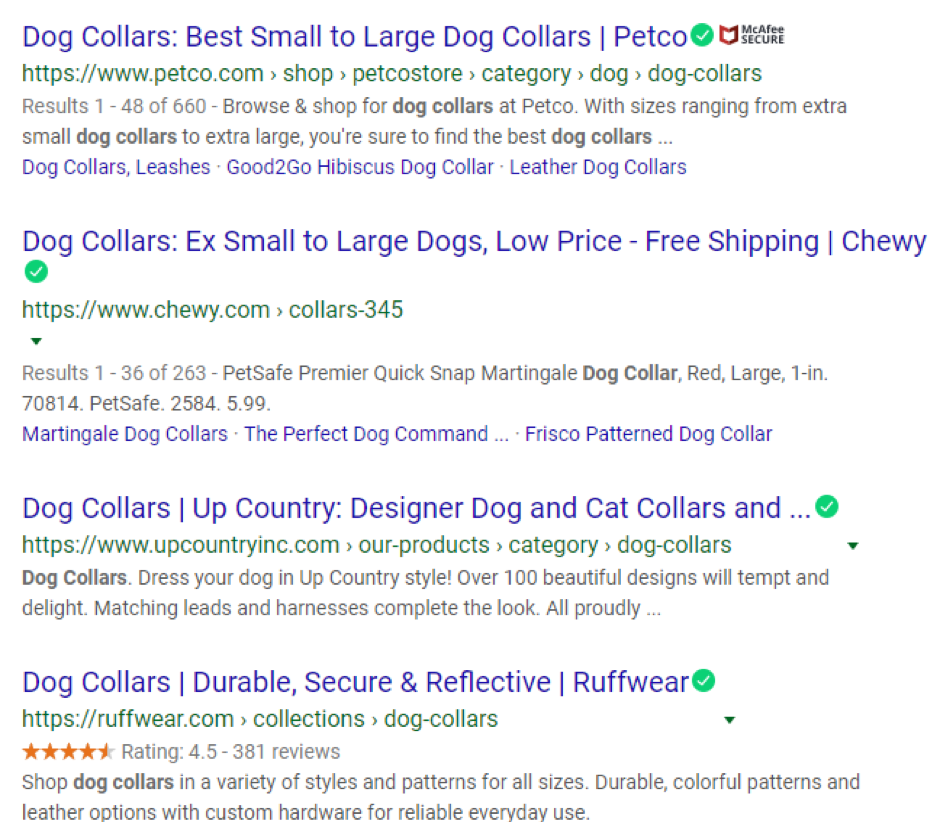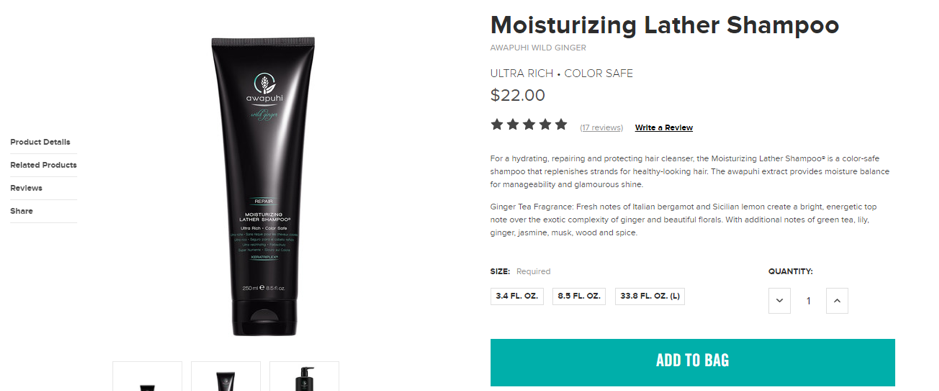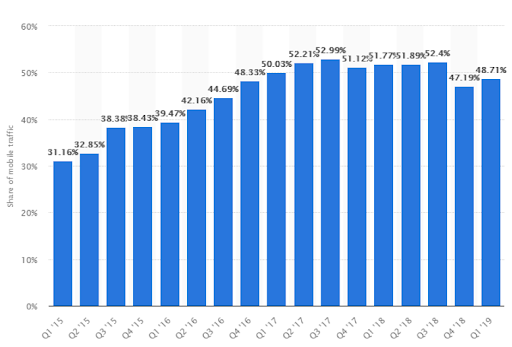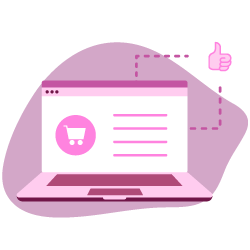There are all sorts of marketing techniques you can use to promote your ecommerce store. But there’s one technique that beats them all, SEO. SEO has existed for years and will continue to do so for a long time. When people need an answer to something or they are interested in buying a product, search engines are the first place they turn to.
If your product landing pages rank well on search engines for these searches, you will generate more traffic and sales.
Therefore, to make it easy for you to optimize your pages, here is a list of the SEO best practices for ecommerce landing pages.
#1 Use long keywords with good search volume
Keywords that are 1 to 5 words long generally tend to have higher search volumes. But ranking for them takes a lot of work. If you look for these keywords on Google, you will find that the stores ranking for them are the most established companies in your niche.

If you try to beat them, it will cost you a lot of money and take a lot of time. This is why, while starting out, it is best to focus on low competition, long tail keywords. You can quickly rank for these with little effort. Once you have established yourself and built some authority, you can begin chasing the high-competition, high-volume keywords.
#2 Create unique content for your landing pages
When most ecommerce store owners set up their ecommerce landing page, they just try to copy the content someone else is using (for products similar to theirs). This affects their landing page’s ability to rank because Google prefers placing pages with unique content at the top of the search results.
When Google’s algorithms determine that the content here is similar to that on another site, it will categorise it as duplicate content and prevent it from ranking higher.
So, make sure you create unique content for your product landing pages. Think about all the features your product offers and then write about them and their benefits in your own unique style.

For some inspiration you can checkout landing pages on Paul Mitchell’s website. They contain a lot of unique and persuasive copy.
#3 Let people leave reviews
Another way to get unique content for your product landing page is by letting people leave reviews. Google loves it when a page is updated regularly. This fresh content from reviews will spur your product page to the top of the results.
Reviews also offer social proof and can help convert more visitors to buyers.
Oncrawl Log Analyzer
#4 Optimize the metadata
Your page’s metadata is one source for the page headline and description that appear in the search results. This shows Google what your page contains. So, make sure you optimize the title and description with the same long tail keywords you are trying to rank for.

You should still use very persuasive copy as it can increase the click through rate.
#5 Optimize the site for mobile visitors
One of Google’s ranking factors is to check how well the site is optimized for mobile. The better your site is optimized for mobile devices, the higher it will rank. Creating a mobile-optimized site shouldn’t be a problem as most ecommerce platforms like Shopify automatically create a mobile version of the landing page.

Having a mobile version of your landing page can also improve conversion rates as almost 50% of all online traffic is from mobile devices.
#6 Speed up the page load time
Another ranking factor Google takes into consideration is the page load time. The faster a site loads, the higher it will appear in search results. So, if you want to rank higher in search engines you should do everything you can to speed up the load time.
Boosting load time can also increase conversion rates as the longer a site takes to load, the greater the number of people who will abandon it. So, after you create your site you should analyse the loading time. If it is too high you should take steps to improve it. Try to get your site to load within 3 seconds.
Conclusion
These are the 6 SEO best practices for ecommerce landing pages. Implement them today to not only drive more search engine traffic, but also to convert it.

